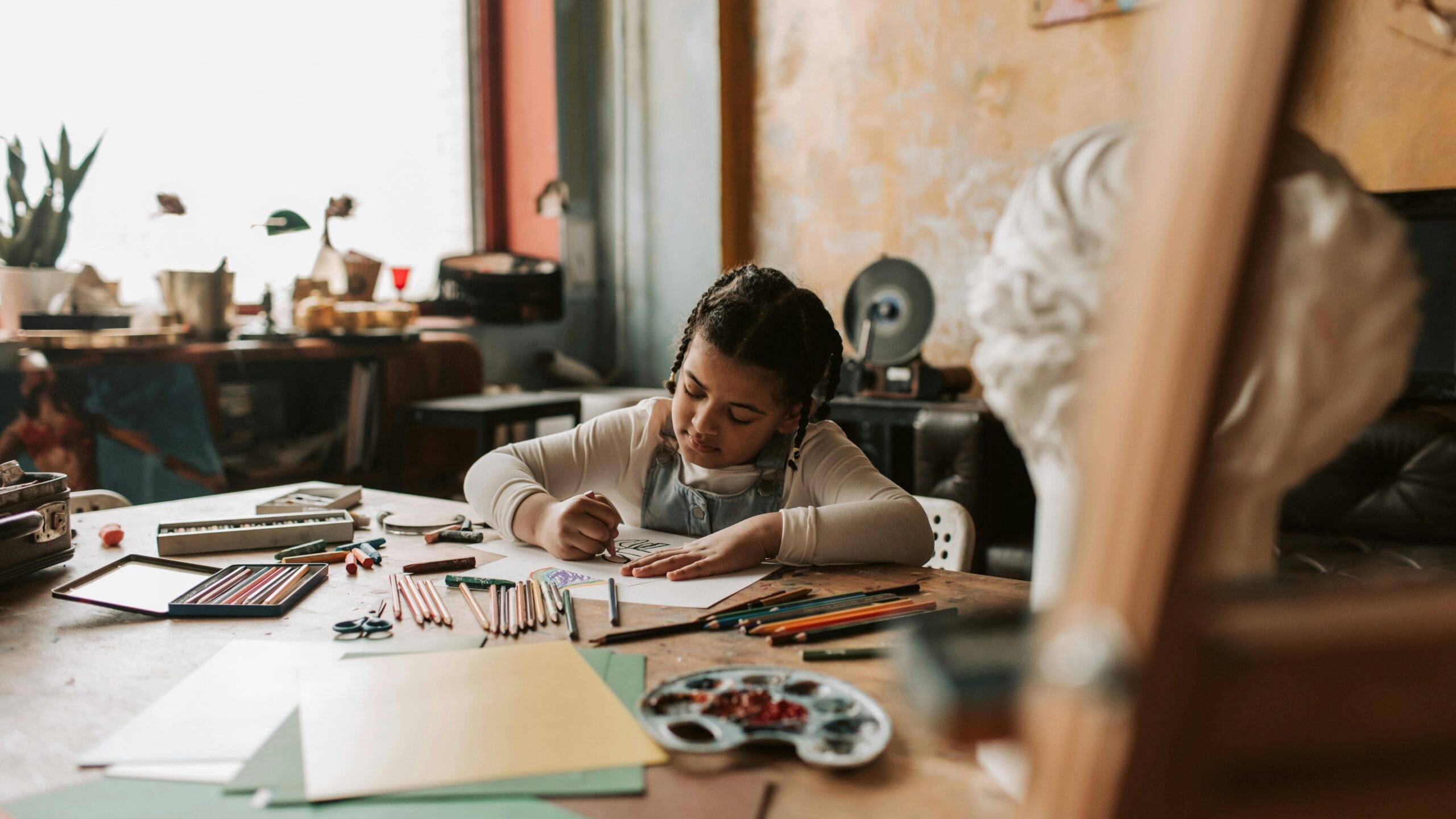“6 Emotional Regulation Activities for Creative Kids with Big Feelings”


What if dancing, coloring, and painting could be part of the parenting toolkit you use to regulate your child’s big, intense emotions?
For children with ADHD who have challenges with emotional dysregulation – everything from meltdowns to overwhelming feelings – creative expression can serve as an effective outlet for powerful emotions. Through creative expression, children with ADHD can tap into stress relief and mindfulness while building on their interests and talents. Creativity can also be a neurodivergent-affirming way of facilitating healthy expression for children with verbal communication challenges.
Along with other tools to help your child manage emotional dysregulation – like medication, counseling, occupational therapy, and coping skills – try the following creative activities that bring calm.
[Get This Free Download: 5 Ways to Improve Emotional Control at Home]
- Make sculptures using clay, Play-Doh, textured slime, and/or craft materials. Tactile activities like these are great for children who seek deep pressure input to the hands and upper body.
- Make simple puppets, like sock puppets or ice-pop-stick puppets, and recreate a favorite story.
- Color or draw mandalas, an activity that can improve focus and attention in children with ADHD.1 Coloring and freehand drawing are also fantastic activities for practicing fine motor skills.
- Take movement breaks with guided dance music videos, like “Silly to Calm” by Yogapalooza with Bari Koral and “Move Your Body” from Danny Go! , both on YouTube.
- Make a mixed-media mood board with scrap paper, markers, crayons, pictures, stickers, and other art supplies.
- Older children and adolescents can use their phone or tablet’s built-in apps to make movies and sharpen photography skills, among other creative projects. There are plenty of free creative apps, like Canva or Shuffles, for creating fun digital collages.
Emotional Regulation Through Creative Expression: More Tips for Parents and Caregivers
As you explore the right creative outlet(s) for your child, consider their sensory needs and sensitivities along with their current emotional state. You may want to hold off on certain activities that can aggravate your child (like dancing to loud music) if they’re in a dysregulated state.
Support your child’s creative expression with intentional feedback that focuses on their efforts and encourages intrinsic motivation. Instead of saying, “Your drawing is so good,” say, “You spent so much time on this project; I can tell you put lots of intention into it.”
As you help your child develop emotional regulation skills, keep these words in mind from Alysson Goodwin, Ph.D., MBA, OTR/L, an occupational therapist, advocate, and educator: “Dysregulation is simply a resource mismatch. Support for children with ADHD is helping them to develop better ways to communicate what they are feeling in their bodies and with their emotions in an objective, open, and nonjudgmental way.”
Creative Expression for Emotional Regulation: Next Steps
SUPPORT ADDITUDE
Thank you for reading ADDitude. To support our mission of providing ADHD education and support, please consider subscribing. Your readership and support help make our content and outreach possible. Thank you.
View Article Sources
1 Green, E. J., Drewes, A. A., & Kominski, J. M. (2013). Use of mandalas in Jungian play therapy with adolescents diagnosed with ADHD. International Journal of Play Therapy, 22(3), 159–172. https://doi.org/10.1037/a0033719
















Leave a comment